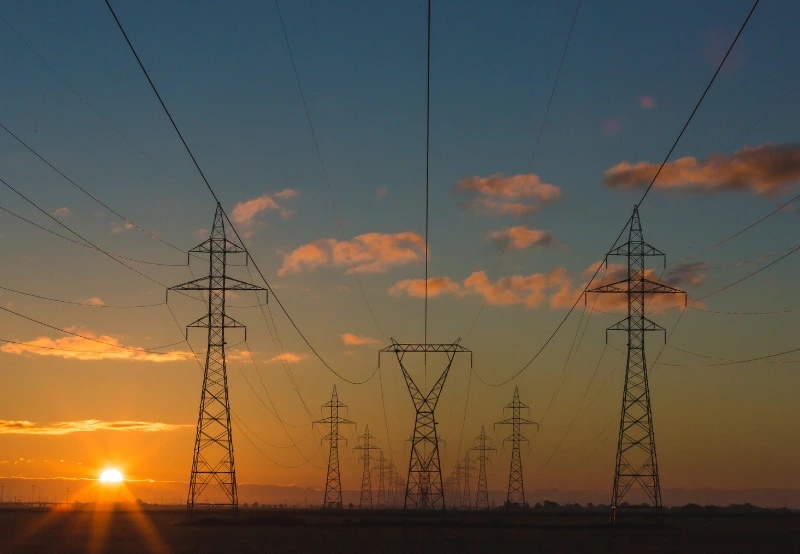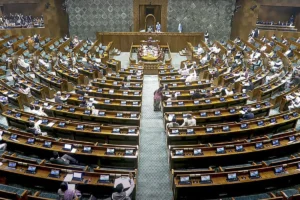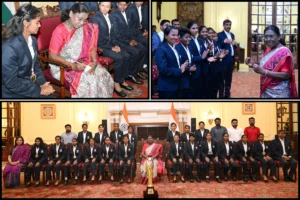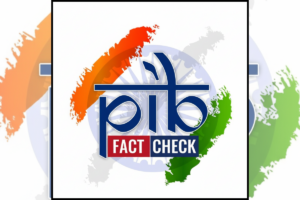
UP DISCOMs
UP DISCOMs have not entered into any new Long Term Thermal PPAs, post-UPERC’s Order, and has been managing its Peak Demand through short-term bilateral and exchange purchases.
Energy and Urban Development Minister AK Sharma said, “Maximum power generation and supply in ten years was done in the year 2022-23”, on the question of power generation and supply.
UP Budget 2023: दस वर्षों में सबसे ज़्यादा विद्युत उत्पादन और सप्लाई वर्ष 2022-23 में की गई- बिजली उत्पादन और आपूर्ति के सवाल पर बोले ऊर्जा एवं नगर विकास मंत्री एके शर्मा #AKSharma #UPBudget2023 @myogiadityanath @aksharmaBharat @UPPCLLKO #BharatExpress pic.twitter.com/YdzFopTvax
— Bharat Express (@BhaaratExpress) February 22, 2023
During the UP assembly session, the Energy and Urban Development Minister of the state, AK Sharma, answered the questions raised by the opposition. During the session on Wednesday, AK Sharma’s questions were selectively answered with data. At the same time, the opposition was seen making noise. Even the Leader of the Opposition Akhilesh Yadav was repeatedly seen standing up from his chair to stop AK Sharma from speaking. Cabinet Minister Sharma enumerated the achievements of the Yogi government on the issue of power generation and supply.
AK Sharma said that the highest power generation and supply in ten years was done in the year 2022-23. The special thing is that compared to 2012 (pick demand) during the SP regime, double the demand was fulfilled this year. He said that the government is fully on foot to meet the increasing electricity demand. In the last years of the Yogi regime, many production units were either started or production was started in them. These include Harduaganj, Jawaharpur, Panki, Obra Si, Ghatampur. Along with this, many projects of renewable energy are being started. The Energy Minister said that plans to replace dilapidated and damaged wires and poles are being implemented well.
Power demand curve of UP State
Considering the current power demand curve of UP State, the State DISCOMS faces a power deficit only in the peak hours of summer months, and therefore, tying up any long-term thermal power would only result in additional stranded capacity charges.
In this reference, UPERC in its Order dated 09.07.2019 in Petition No. 1478/2019, observed that “the Petitioner / UPPCL is already saddled with a huge burden of stranded capacity charges and therefore, there is a greater need of rationalization & optimization of its existing Power Purchase portfolio to weeding out non-performing or high-cost PPAs”.
UPERC in the aforementioned Order also directed UP DISCOMs, that since sufficient long-term capacity PPAs have already been contracted with coal-based TPPs to meet the projected demand till FY 2027, no new long-term PPA with coal-based thermal power plant should be contracted till December 2022 by UPPCL or its DISCOMs.
Power Purchase Cost (PPC) contributes to 75%-80% of the total cost of supply, which is largely uncontrollable at the end of State DISCOMS. UPPCL’s average Power Purchase cost ranges between Rs. 5.08/kWh to Rs. 5.50/kWh, which is one of the highest as compared to other states.
One of the major reasons for the increase in power purchase cost is the loading of stranded capacity charges, owing to the tie-up of surplus power vis-à-vis actual power demand. In the previous governments, UP DISCOMs have tied- up high-cost thermal PPAs which led to a substantial increase in the power purchase cost of DISCOMs. The station-wise breakup of high-Cost PPAs is as below:

To read more such news, download Bharat Express news apps





















